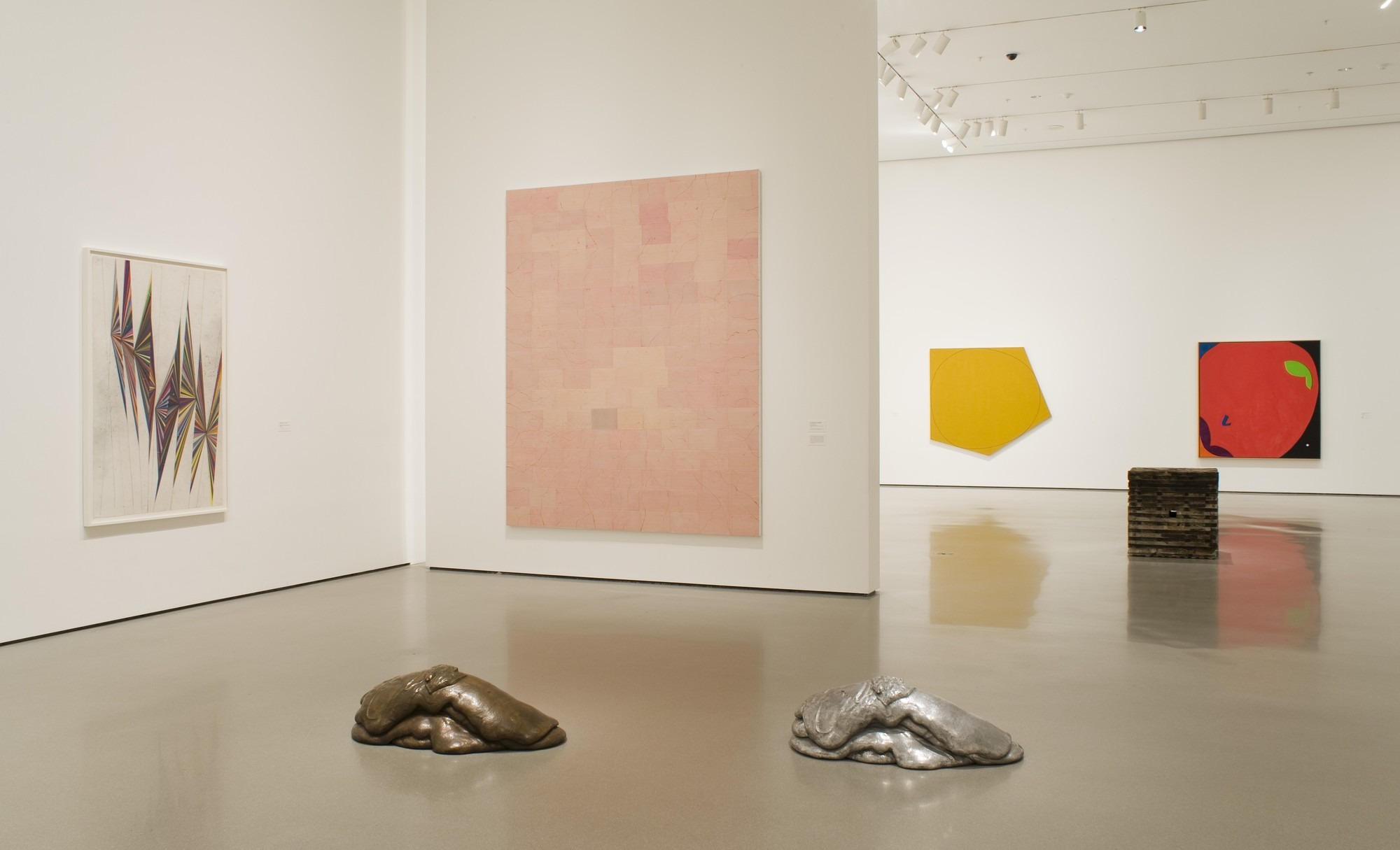Multiplex: Directions in Art, 1970 to Now
21 Nov 2007 - 21 Jul 2008

Installation view of the exhibition, "Multiplex: Directions in Art, 1970-Now"
November 21, 2007–July 28, 2008. IN2023.7. Photograph by Thomas Griesel.
November 21, 2007–July 28, 2008. IN2023.7. Photograph by Thomas Griesel.
Around 1970, a period in which established values and institutions came into question generally, there was also a shift in critical thinking about art. The term “pluralism” came to describe a complicated artistic terrain with a range of widely divergent approaches. Some of these practices defined new sensibilities, while others that had long been ignored gained new relevance. Mediums like video, photography, and performance challenged the authority of painting and sculpture, and some artists took to the streets or intervened in the landscape to escape the confines of the art gallery. An earlier view of modern art, with a mainstream flowing from one “ism” to another, had given way to a broader consideration of disparate practices. This framework for understanding art is still in place today.
The installation in these galleries, made up of works from The Museum of Modern Art’s collection, is intended to demonstrate the variety of coexisting attitudes and strategies in contemporary art by presenting three of what could be many distinct currents. These categories are not meant to be restrictive, since individual artists and particular artworks could be at home in other thematic groupings as well. Rather, they are meant to convey the sense of vitality and possibility in art since 1970. The first section here is devoted to formal and conceptual approaches to abstraction. The next deals with the thematic issue of mutability, in which change and memory play important roles. The final area is devoted to art that provokes, whether ironic, humorous, outrageous, or disturbing.
Organized by Deborah Wye, The Abby Aldrich Rockefeller Chief Curator of Prints and Illustrated Books.
The installation in these galleries, made up of works from The Museum of Modern Art’s collection, is intended to demonstrate the variety of coexisting attitudes and strategies in contemporary art by presenting three of what could be many distinct currents. These categories are not meant to be restrictive, since individual artists and particular artworks could be at home in other thematic groupings as well. Rather, they are meant to convey the sense of vitality and possibility in art since 1970. The first section here is devoted to formal and conceptual approaches to abstraction. The next deals with the thematic issue of mutability, in which change and memory play important roles. The final area is devoted to art that provokes, whether ironic, humorous, outrageous, or disturbing.
Organized by Deborah Wye, The Abby Aldrich Rockefeller Chief Curator of Prints and Illustrated Books.
